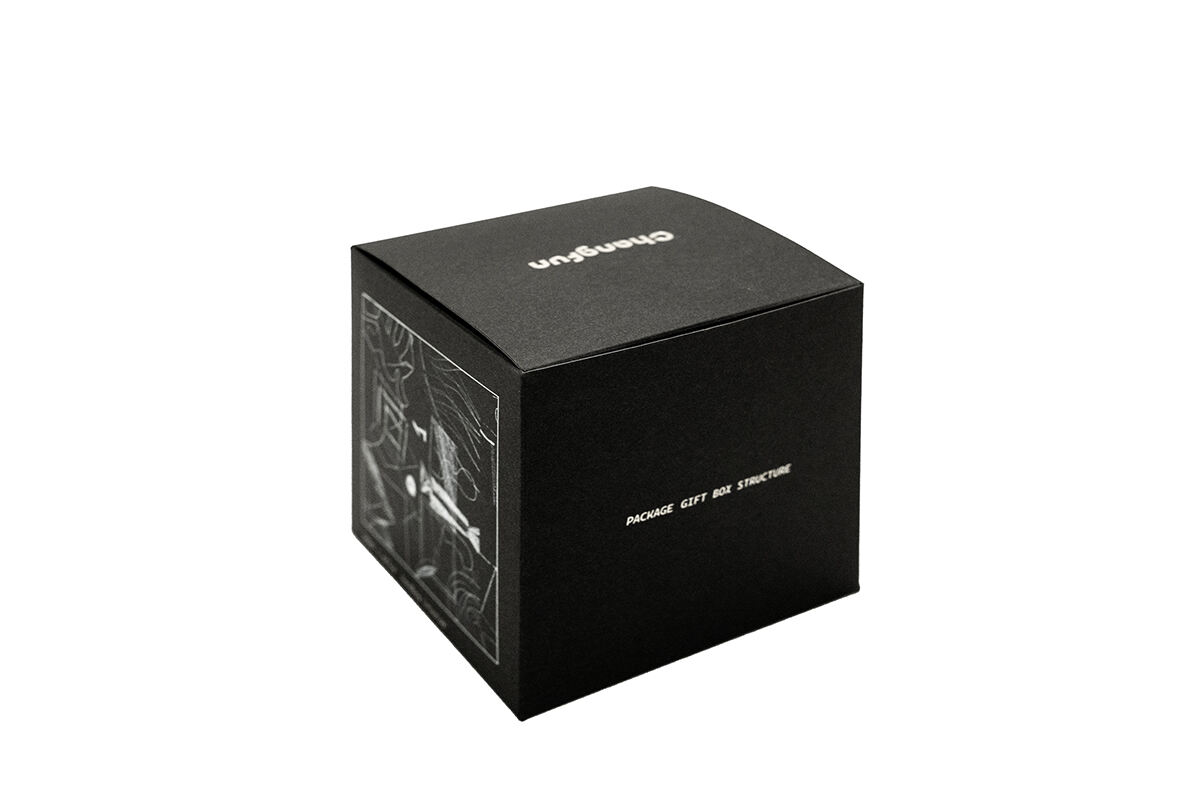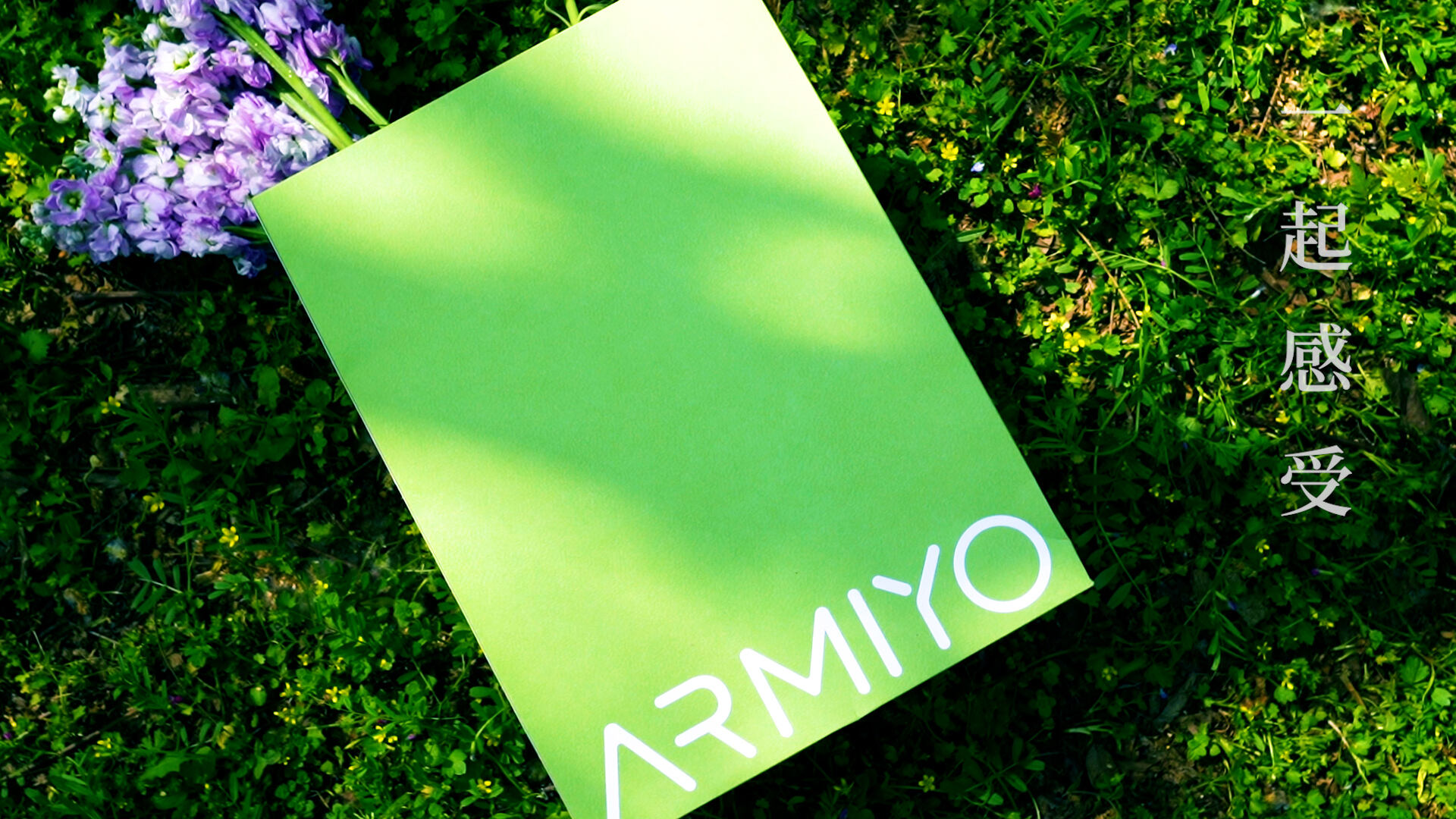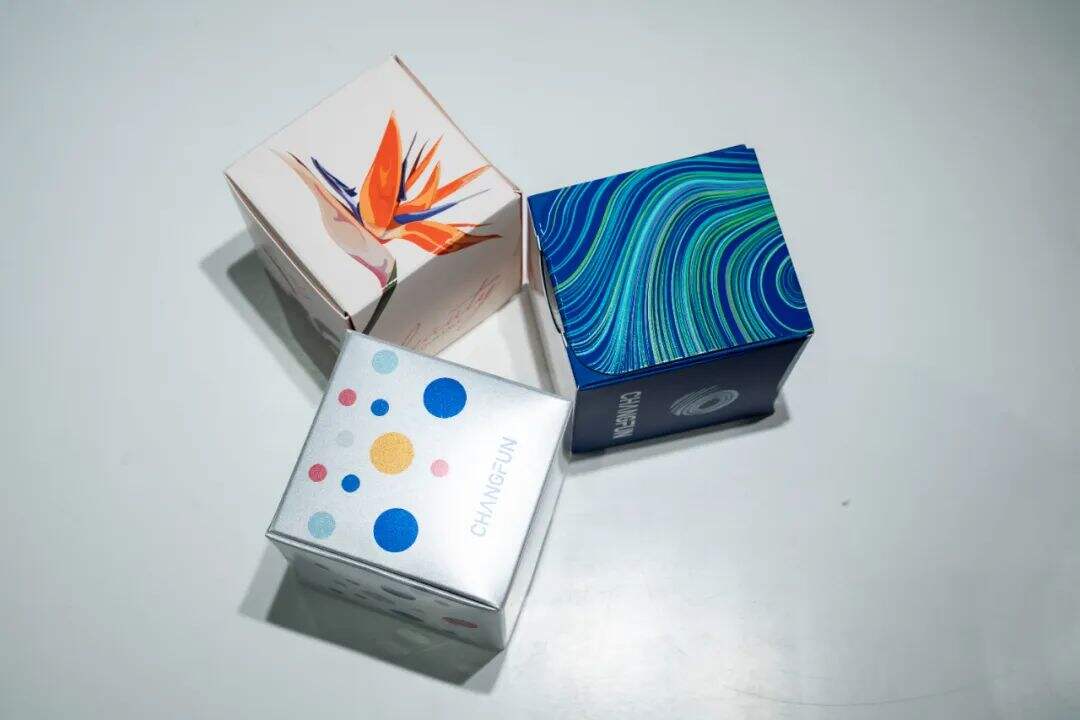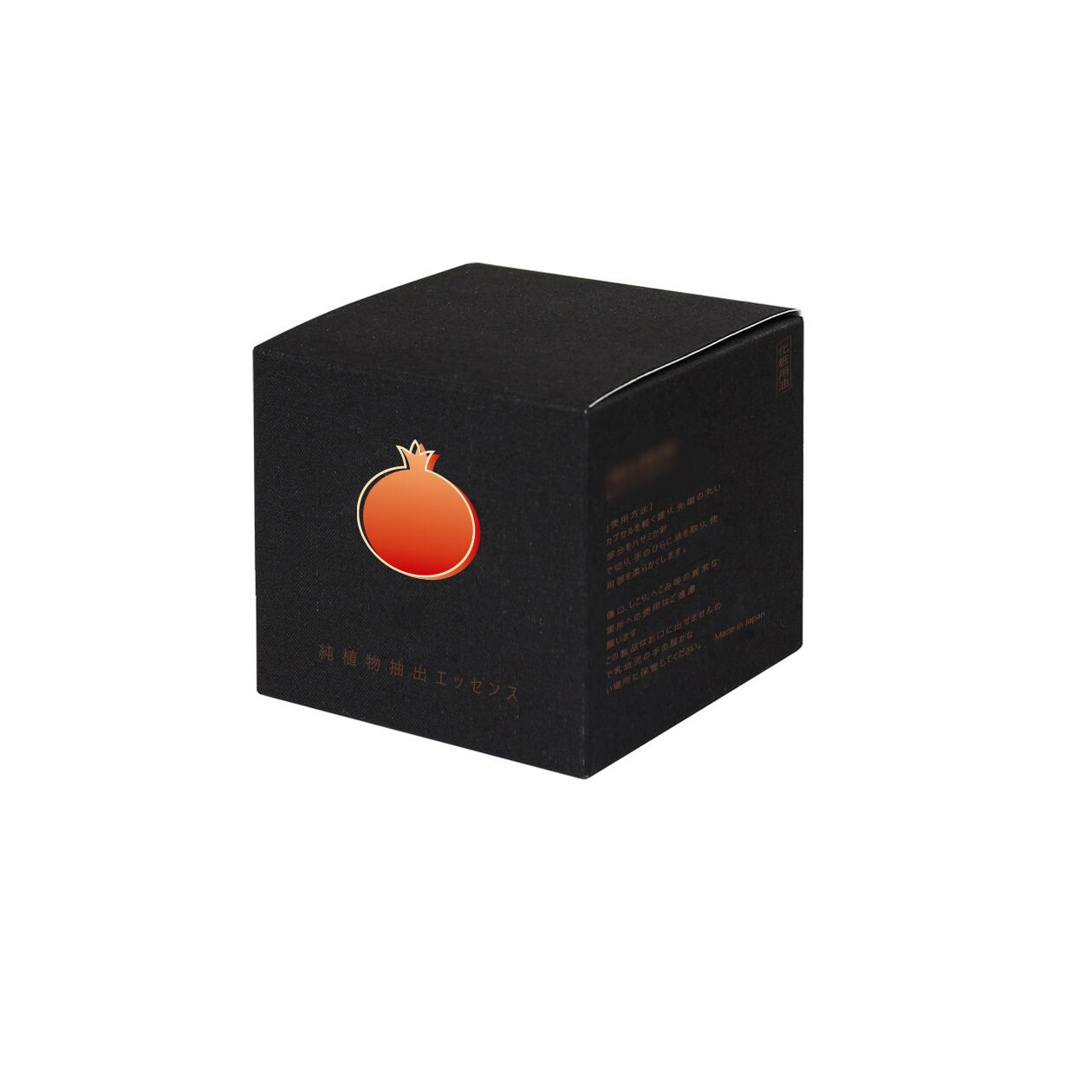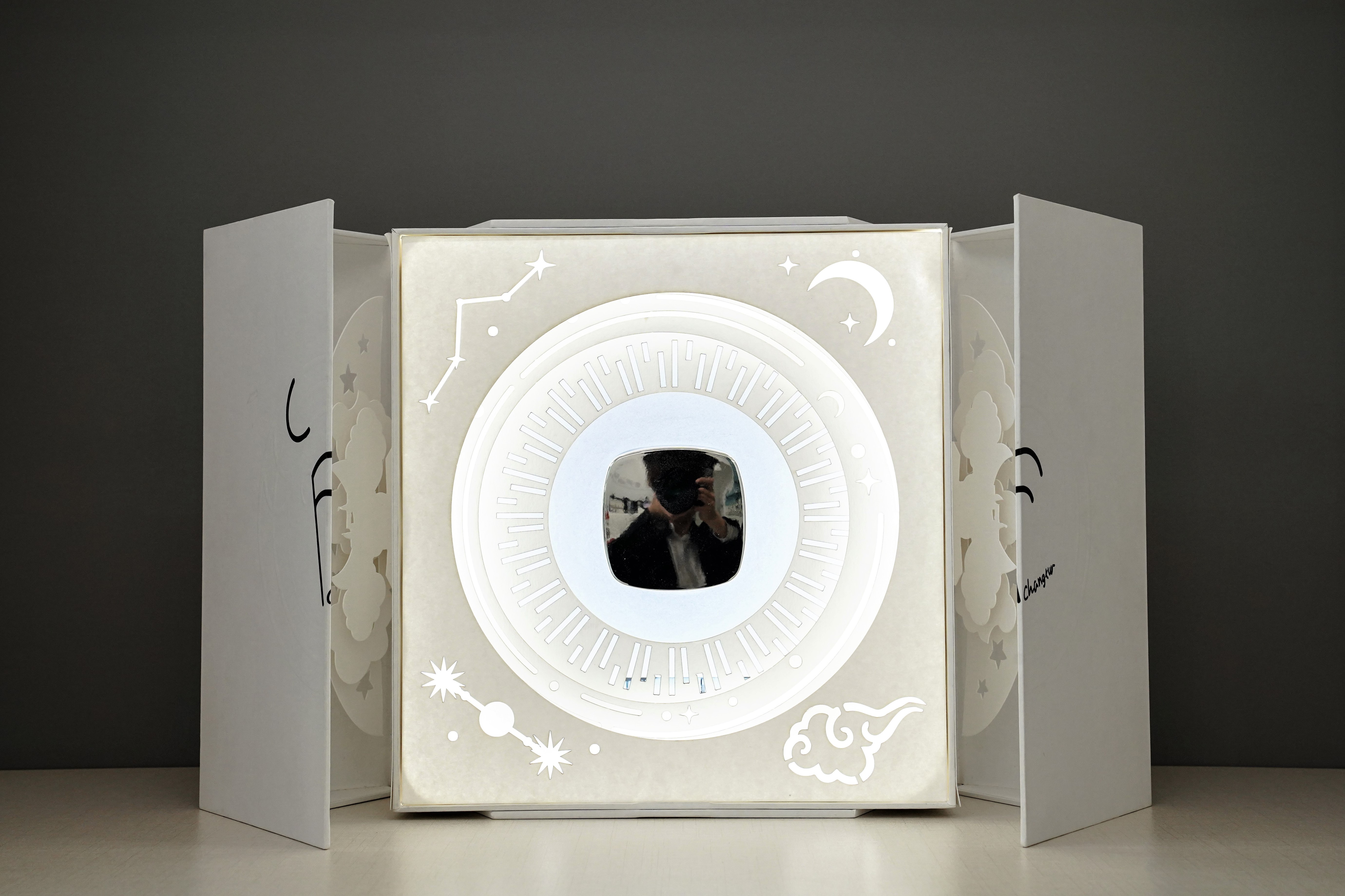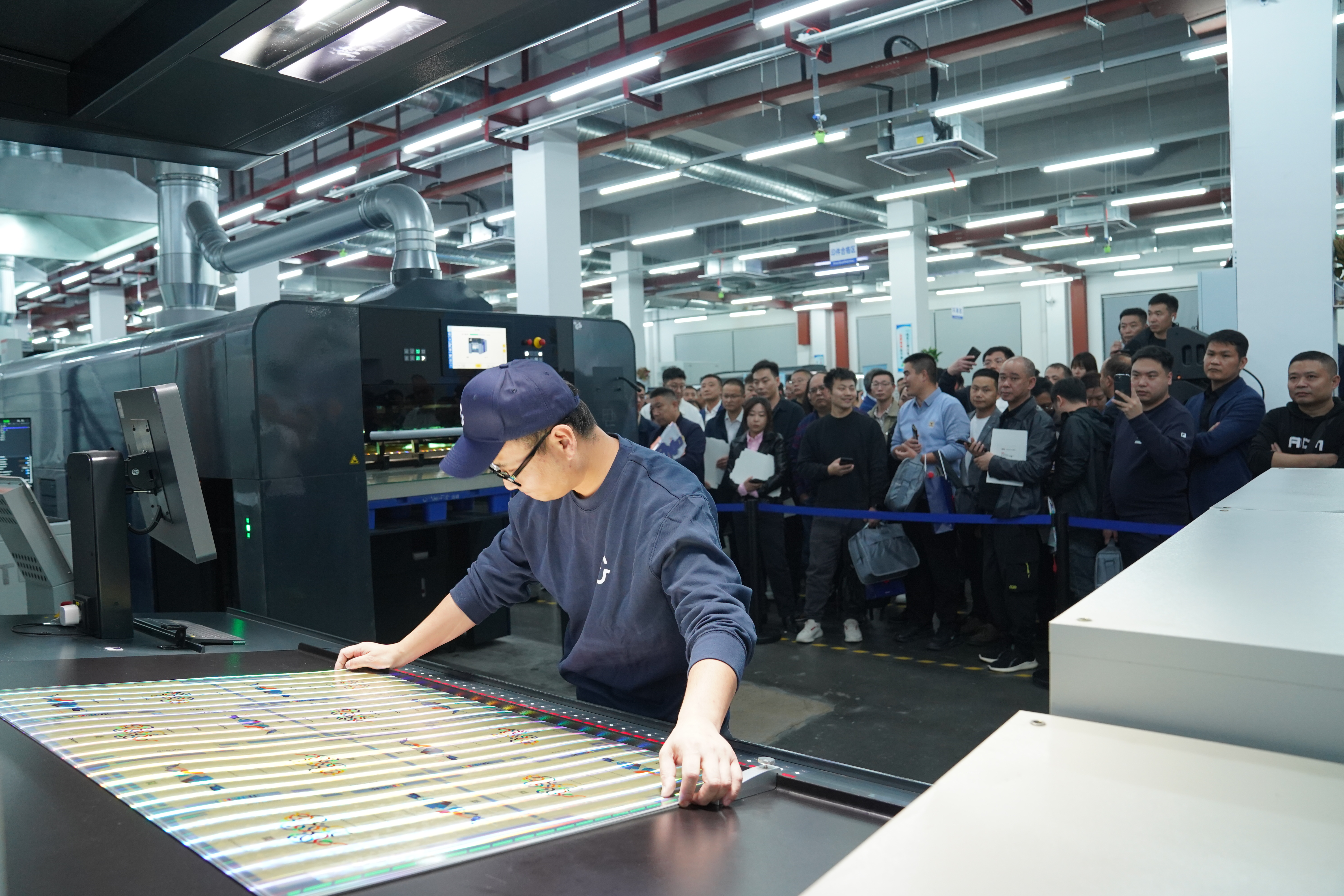packaging ecofriendly
Packaging ecofriendly represents a revolutionary approach to modern packaging solutions that prioritizes environmental sustainability without compromising functionality or protection. This innovative packaging methodology integrates biodegradable materials, renewable resources, and circular design principles to create packaging systems that minimize environmental impact throughout their entire lifecycle. The main functions of packaging ecofriendly encompass product protection, brand communication, supply chain efficiency, and end-of-life waste reduction. These systems utilize advanced materials such as plant-based polymers, recycled content, compostable films, and bio-based coatings that maintain product integrity while ensuring environmental compatibility. Technological features include oxygen barrier properties derived from natural sources, moisture resistance through bio-engineered materials, and structural strength achieved through innovative fiber compositions. The applications of packaging ecofriendly span across multiple industries including food and beverage, cosmetics, pharmaceuticals, electronics, and consumer goods. In food packaging, these solutions maintain freshness while decomposing naturally after disposal. Cosmetic brands leverage packaging ecofriendly to align with consumer values and regulatory requirements. Pharmaceutical companies utilize these systems to ensure drug safety while meeting sustainability mandates. The technology behind packaging ecofriendly incorporates renewable energy manufacturing processes, water-based adhesives, and plant-derived barrier coatings. Advanced molding techniques create protective structures using agricultural waste and forestry byproducts. Smart design features include tear-resistant properties, tamper-evident seals, and printability for branding purposes. These packaging solutions undergo rigorous testing for durability, shelf-life extension, and decomposition rates. The integration of nanotechnology enhances barrier properties while maintaining biodegradability. Manufacturing processes emphasize energy efficiency, reduced water consumption, and minimal chemical usage, making packaging ecofriendly a comprehensive solution for responsible business practices.

